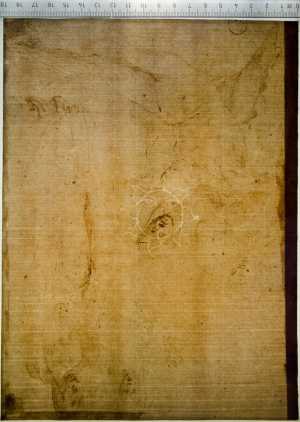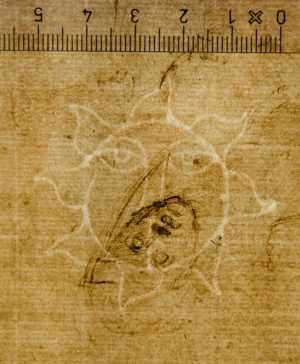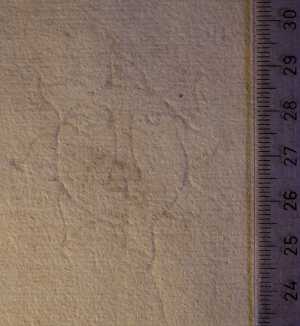Specifications
| Title | The Descent from the Cross |
|---|---|
| Material and technique | Pen and brown ink |
| Object type |
Drawing
> Two-dimensional object
> Art object
|
| Location | This object is in storage |
| Dimensions |
Height 260 mm Width 191 mm |
|---|---|
| Artists |
Draughtsman:
Semolei (Giovanni Battista Franco)
|
| Accession number | I 118 (PK) |
| Credits | Loan Stichting Museum Boijmans Van Beuningen (former Koenigs collection), 1940 |
| Department | Drawings & Prints |
| Acquisition date | 1940 |
| Creation date | in circa 1537 |
| Watermark | flaming sun, face with eyes closed (50 x 50 mm, upside down, below centre, on P3-4 of 8P, vH) |
| Inscriptions | '[...]' (lower left, pen and brown ink), '[...]' (verso, lower centre, pencil) |
| Collector | Collector / Franz Koenigs |
| Provenance | ?Nicholas Lanier (1588-1666, ?L.4699), London; Richard Cosway (1742?-1821, L.628)*, London; probably in his sale, London (Stanley) 14-22.02.1822, unspecified lots; Sir Thomas Lawrence (1769-1830, L.2445), London; Art dealer Samuel Woodburn (1781-1853, L.2584), acquired with the Lawrence Collection in 1834; his sale, London (Christie) 04-08.06.1860, possibly in lot 396 or 398 (Franco); Rosenthal, Berlin (note Hermann Vos on verso of photo no. 022930, photo archive NIKI, Florence) ; Franz W. Koenigs (1881-1941, L.1023a), Haarlem, acquired in 1926; D.G. van Beuningen (1877-1955), Rotterdam, acquired with the Koenigs Collection in 1940 and donated to Stichting Museum Boijmans Van Beuningen |
| Exhibitions | Rotterdam 1997-98 |
| Internal exhibitions |
Rondom Raphaël (1997) |
| Research |
Show research Italian Drawings 1400-1600 |
| Literature | Voss 1928, p. 45, pl. 8; Lauder 2003, p. 112, no. 67; Lauder 2004, vol 1. p. 56, vol 2. pp. 612-613, no. 432; Lauder 2009, p. 182 under no. 23 |
| Material | |
| Object | |
| Geographical origin | Italy > Southern Europe > Europe |
| Place of manufacture | Venice > Veneto region > Italy > Southern Europe > Europe |
Do you have corrections or additional information about this work? Please, send us a message



























